Have you heard? Fiber for dogs goes beyond adding heft to a dog's diet! It plays a key role in promoting healthy digestion, healthy weight, and much more. Dog owners will do their pets a huge favor by understanding fiber on a deeper level. Ready to support your dog's health with dietary fiber? Our guide will explain what fiber is, how it benefits our canine friends, what the best sources of fiber are, and how to safely add fiber to your dog's diet. Let's get started.
What Is Fiber?
Simply put, fiber is a type of carbohydrate that the body can't digest. Unlike other vital nutrients, fiber passes through the digestive tract mostly intact. In the process, it supports the digestive system in various ways. Adding fiber to dogs diet though technically not an essential nutrient, fiber is still important for your dog's health. It comes in two main forms: soluble and insoluble fibers.
Understanding the difference between the two helps ensure your pup receives a properly fibrous diet:
- Soluble Fiber. Soluble fibers dissolve in water to form a gel-like substance. They help slow down digestion and can be found in foods like oats and fruits.
- Insoluble Fiber. Insoluble fibers don't dissolve in water. Instead, they add bulk to stool, promoting regular bowel activity. This type is found in whole grains and vegetables.
Do Dogs Need Fiber?
Absolutely! Dogs need fiber to support their digestive health and overall wellness. Fiber can help maintain a healthy balance throughout dogs' different life stages:
- Puppies: Starting Off Right. Introducing fiber early in a dog's life helps them develop a strong digestive system and normal bowel activity. With enough fiber, your puppy can avoid early digestive issues and be on track to a healthy life.
- Adult Dogs: Maintaining Health. Fiber helps maintain healthy weight in canine pets, keeping excessive weight gain or weight loss at bay. It also supports smooth digestion, bringing comfort to your adult dog.
- Senior Dogs: Special Fiber Considerations. If you have a senior dog, dietary fiber can help prevent constipation and encourage smoother bowel movements. Fiber can also help regulate blood sugar levels, helping manage conditions like diabetes in senior dogs.

How Much Fiber Do Dogs Need?
How much fiber a dog needs depends on their size, age, and specific health conditions. Generally, complete and balanced food should have sufficient fiber to support a dog's needs. A diet with 2-4% fiber content is enough for most pups. However, specific health conditions or dietary restrictions might require a higher fiber intake. To be sure, consult your trusted vet. They can help determine if your dog's food actually needs more fiber.
Can Dogs Have Too Much Fiber?
What is the best fiber for dogs? Yes, dogs can have too much fiber. Excessive fiber can cause problems in your dog's digestive system. They may experience loose stools, watery bowel movements, gas, and discomfort. Too much fiber can also stall the absorption of essential nutrients. This hindrance can lead to deficiencies.
So, dog owners need to strike the right balance. They need to track their dogs' fiber intake and adjust it as needed. If your dog experiences digestive issues after consuming more fiber, consult your vet immediately. They can guide you in making adjustments to your dog's diet.
What Are the Health Benefits of Fiber for Dogs?
As mentioned earlier, fiber for dogs offers more than just digestive support. It brings a range of health benefits, such as:
- Healthy Digestion and Regular Bowel Movements
- Weight Management
- Blood Sugar Regulation
- Prebiotic Effect
- Antioxidant Properties
Healthy Digestion and Regular Bowel Movements
Fiber promotes healthy digestion and regular bowel activity. If your dog is constipated, fiber can add bulk to your dog's poop. This bulk makes it easier for your pet to pass waste, helping prevent your dog's gut from getting backed up. High-fiber diets can also help reduce the risk of diarrhea or loose stools. This might seem contrary to what we discussed about constipation, but hear us out.
Both soluble and insoluble fibers come into play here. While insoluble fiber adds bulk and aids in smoother bowel movements, soluble fiber absorbs water and forms a gel-like substance that helps slow digestion and solidify your dog's poop.
Weight Management
Fiber can help your dog feel fuller for longer periods. High-fiber diets tend to be lower in calories, so dogs can eat a satisfying amount without consuming excessive calories. This balance helps prevent weight increase while ensuring pets get the essential nutrients they need.
Adding fiber to your dog's diet can also help stabilize their energy levels. With more stable energy, sudden spikes and drops in hunger can decrease.
Blood Sugar Regulation
When soluble fiber slows down digestion, it also slows down the absorption of carbohydrates. This slowdown helps prevent spikes in blood sugar levels. With higher soluble fiber intake, dogs with diabetes or those prone to blood sugar fluctuations may find relief.
Stable blood sugar levels can also support your dog's overall energy and mood. With a more balanced state, your pet can feel their best all day long.
Prebiotic Effect
Fiber has a prebiotic effect that promotes the growth of beneficial bacteria in your dog's gut. By feeding beneficial bacteria, fiber helps create a balanced and thriving gut microbiome. Prebiotics in high-fiber foods also support the production of short-chain fatty acids. These fatty acids help nourish the cells lining the digestive tract. A healthy digestive tract can aid digestion and nutrient absorption.
Antioxidant Properties
Diets with high fiber content often come packed with antioxidants. Antioxidants help protect cells from damage caused by free radicals. Free radicals are unstable molecules that can harm cells, proteins, and DNA. More fiber in your dog's diet can give them these valuable antioxidants and support their immune system. Consider foods like sweet potatoes and green beans to not only supply fiber but also deliver vital nutrients to your pup.

What Are the Signs That My Dog Needs More Fiber?
Many dog owners might not be aware that their dogs need additional fiber. Knowing the signs that a dog needs extra support can help caring dog owners adjust their pets' diets. Here are some common indicators:
- Irregular Bowel Activity. If your dog is frequently making watery bowel movements or is often constipated, they may need extra fiber. These irregularities can suggest a dietary imbalance.
- Weight Gain. Difficulty in maintaining a healthy weight can signal a lack of fiber in your dog's diet. Fiber can help dogs feel fuller longer, in turn preventing overeating.
- Poor Coat Quality. A dull or brittle coat can mean your dog isn't getting enough fiber and other essential nutrients. Fiber helps with nutrient absorption and ensures your pup gets the vitamins and minerals they need for a shiny, healthy coat.
- Excessive Scooting. If your dog scoots frequently, it could indicate anal gland issues. Fiber can help firm up stools, aiding in the natural expression of anal glands and potentially reducing discomfort.
How Do I Safely Transition My Dog to a High-Fiber Diet?
Take it easy and gradually transition your dog to a high-fiber diet. Sudden changes in your pet's diet may cause tummy upset, so it pays to be careful about the process. Start by adding small amounts of high-fiber foods or supplement fiber to your dog's diet. Increase the fiber content gradually over a period of 7-10 days. This slow transition will allow your dog's digestive system to adjust without issues.
Observe your dog's response to the additional fiber. Look for signs of improved digestion, such as regular and firm stools. If unwanted reactions occur, such as gas or diarrhea, slightly reduce the amount of fiber and allow more time for adjustment. Of course, regularly consult your vet during this transition period for proper guidance.
How Do I Add More Fiber to My Dog's Diet?
Adding fiber to your dog's diet should be a breeze with various options available. In the following sections, we'll explore these methods in more detail:
- High-Fiber Dog Foods
- Dog-Safe Fiber-Rich Foods
- Fiber Supplements
High-Fiber Dog Foods
A specially formulated high-fiber dog food often contains a mix of soluble fiber and insoluble fiber. Commercially available options typically list ingredients like beet pulp, wheat bran, and oat bran, which are excellent sources of fiber. When selecting high-fiber dog food for your pet, look for labels saying "complete and balanced food." This label usually indicates that the product has the fiber content and other vital nutrients required for a healthy diet.
Dog-Safe Fiber-Rich Foods
Adding dog-safe high-fiber options to your pup's meals is an excellent way to boost your dog's diet naturally. Some human foods you can choose include:
- Green Beans. These are low in calories and high in fiber. They also provide essential vitamins and minerals.
- Sweet Potatoes. These contain fiber and antioxidants for healthy digestion and overall well-being. They are also a good source of fiber for dogs and of vitamins A and C.
- Pumpkin Pie Filling. This can help increase the fiber content of your dog's food and aid in digestive issues like constipation and diarrhea. Make sure to choose plain pumpkin without added sugar or spices.
Fiber Supplements
What is the best fiber supplements for dogs? Fiber supplements can help ensure your dog gets adequate fiber, especially if their regular diet falls short. These supplements can come in various convenient forms:
- Powdered Supplement. Mix this into your dog's meal for an easy way to boost their fiber intake without drastically changing their diet. Look for options that include natural ingredients like psyllium husk.
- Chews and Treats. Fiber chews and treats are tasty and easy to administer. They can double as rewards during training while delivering fiber content to support digestive health.
- Capsules. Fiber capsules are often odorless and tasteless. Administer them to your dog if they tolerate capsules well to provide a precise and concentrated dose of fiber.
When choosing fiber supplements, always consult your vet. They can check if your pick is appropriate for your dog's needs.
What Holistapet Supplements Contain Fiber?
HolistaPet offers a variety of pet wellness products that include fiber to support your dog's health. Here are some of our bestselling offerings:
- CBD Wellness Hard Treats - Blueberry Flavor. Combines the power of broad-spectrum CBD (cannabidiol) with fiber-rich ingredients like sweet potato and blueberry to support digestion and overall wellness.
- Probiotic Chews for Dogs. With a delicious pumpkin and sweet potato blend that serves as fuel for probiotics. Supports digestive health by helping increase beneficial bacteria in the gut while promoting balance in the intestinal tract.
- Dental Support + Fresh Breath Dental Sticks for Dogs - Mint Flavor. Supports your pet's oral health while providing a yummy source of fiber. Contains fiber from chickpeas, apple pomace powder, and pea flour.
- Peanut Butter Dental Sticks for Dogs. Promotes dental health in dogs while supplying fiber. Combines fiber from chickpeas and pea flour with other helpful ingredients like brewer's yeast, peanut flour, and yummy peanut butter.
All HolistaPet products are made from natural ingredients. They are gluten-free, dairy-free, non-GMO, and lab-tested to ensure pet safety and product quality. Browse our shop for more healthy options for your four-legged friend.
What Is the Recommended Dosage?
How to add fiber to dogs diet naturally and how much supplement fiber you can give your dog depends on their size, age, and health needs. The first thing to do is to consult your vet to determine the perfect dose for your pet. For powdered supplements, you may start with a quarter teaspoon for small dogs or a half teaspoon for larger breeds. Fiber chews, treats, and capsules usually come with dosage instructions on the packaging. Follow the manufacturer's guidelines and adjust as needed.
Are There Any Potential Side Effects?
As we've already discussed, introducing too much fiber too quickly can cause side effects like gas, bloating, and watery stools. To minimize these side effects, start with small doses and increase slowly over several days to a week. This gradual process allows your pup's system to adjust without causing discomfort.
Call your vet if your dog experiences side effects. They can guide you on adjusting the dosage or suggest alternative sources of fiber to ensure your dog receives health benefits without issues.
Final Thoughts
To sum it up, don't overlook fiber for your four-legged friend. If you want to support various aspects of your dog's health—from digestion to weight control—be sure to monitor their diet's fiber content. Now that you have a deeper understanding of fiber's health benefits, you'll never look at the powerful carbohydrate the same way again.
Let HolistaPet be your partner in boosting your best friend's fiber intake. Visit our shop today for our fiber-infused pet supplements. Together, we can transform your pup's gut into one happy haven!



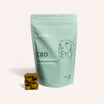

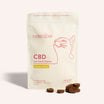
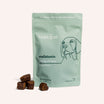
![Probiotics For Dogs [Soft Chews] - HolistaPet](http://www.holistapet.com/cdn/shop/files/Probiotic-Infographic-1_472d7a29-e30c-435a-9638-1365d8c3a9f9.jpg?v=1725384841&width=104)
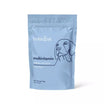


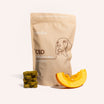


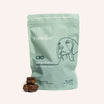






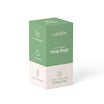




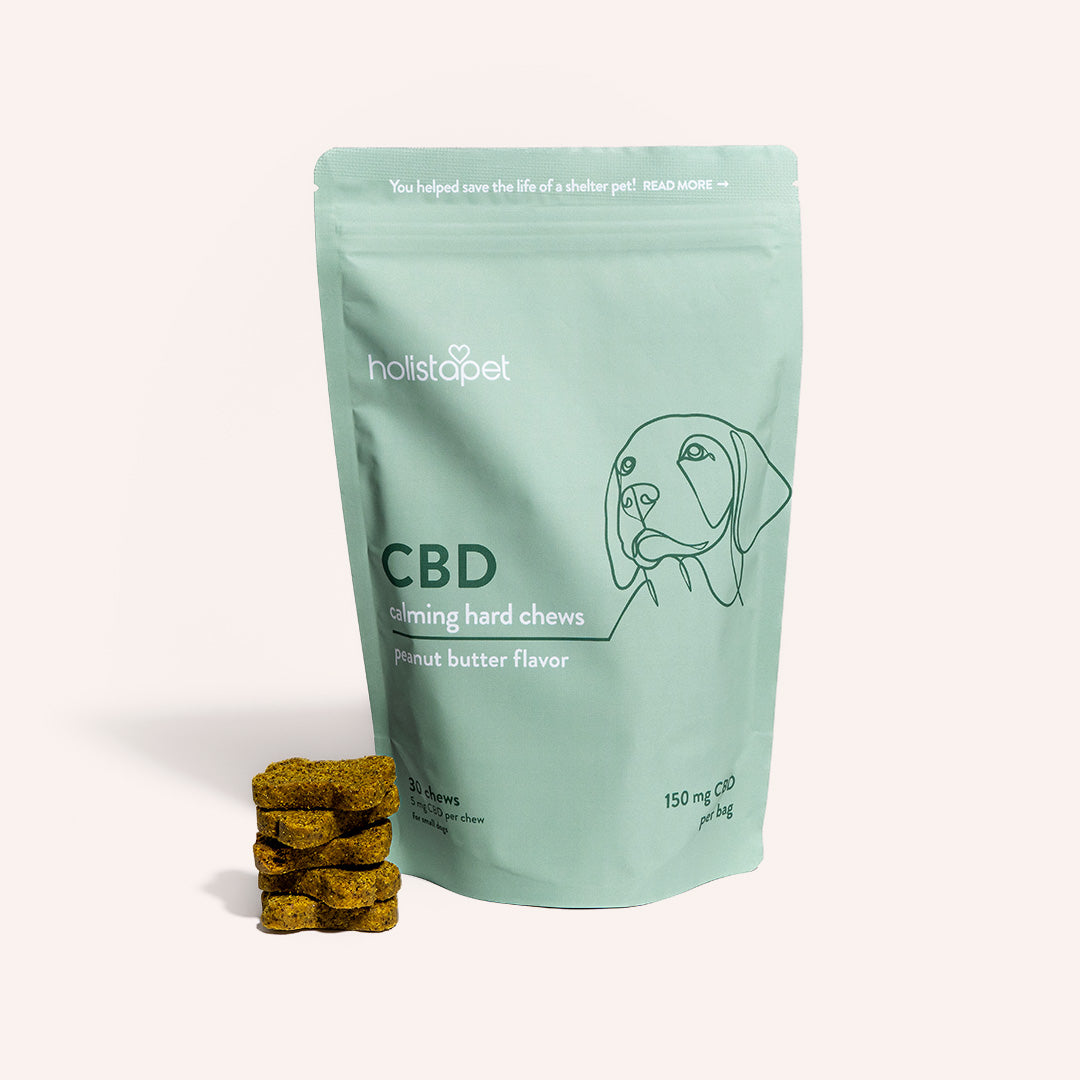
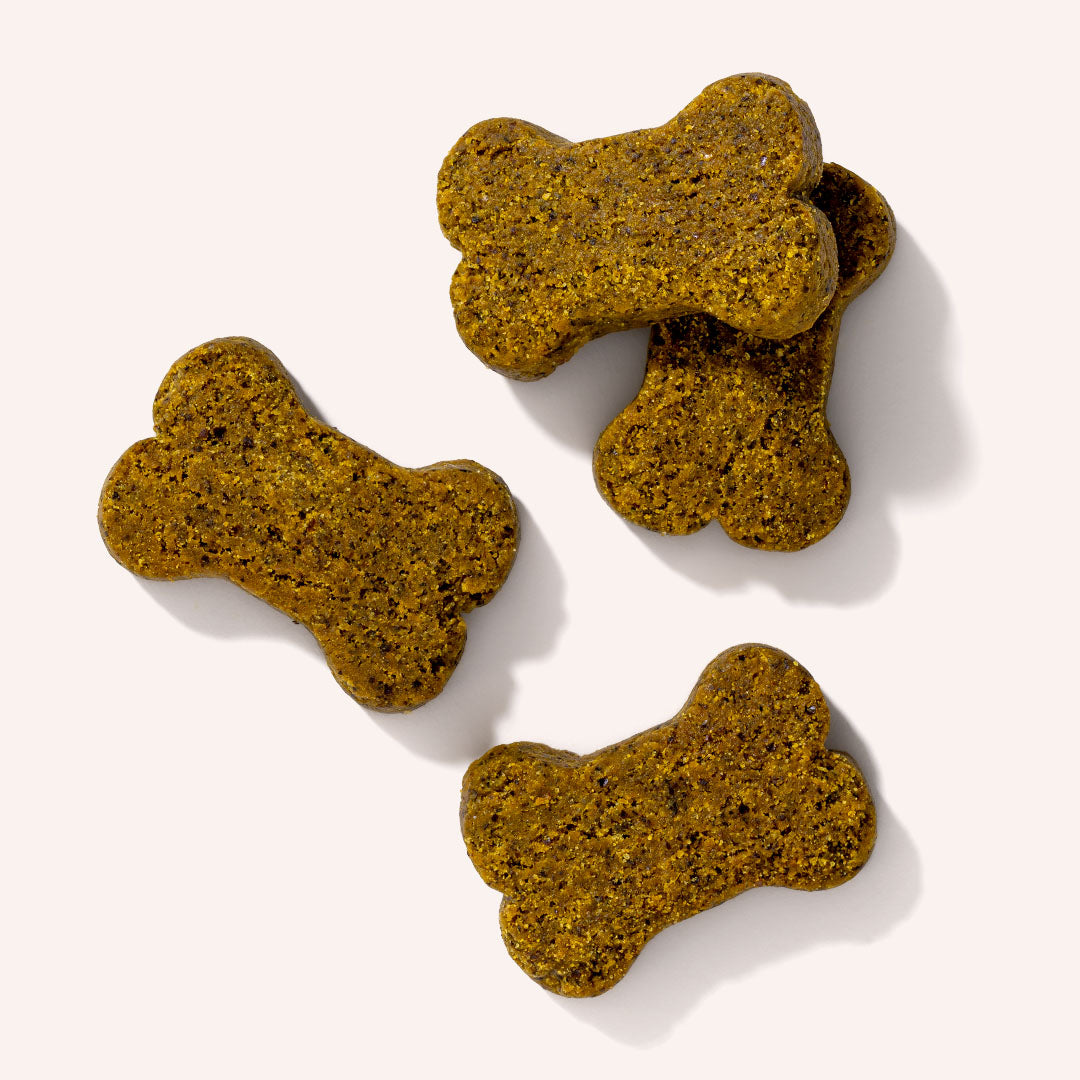
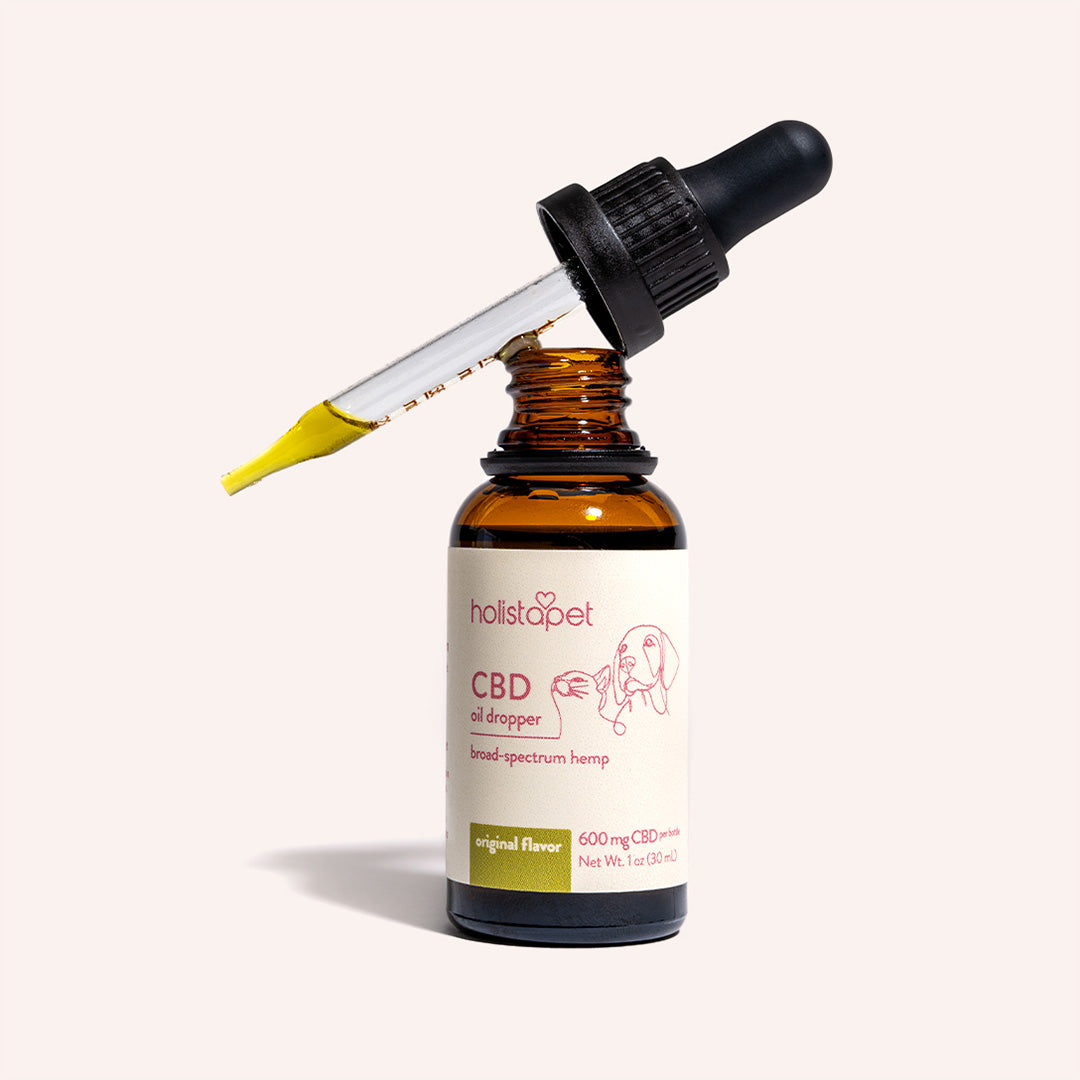
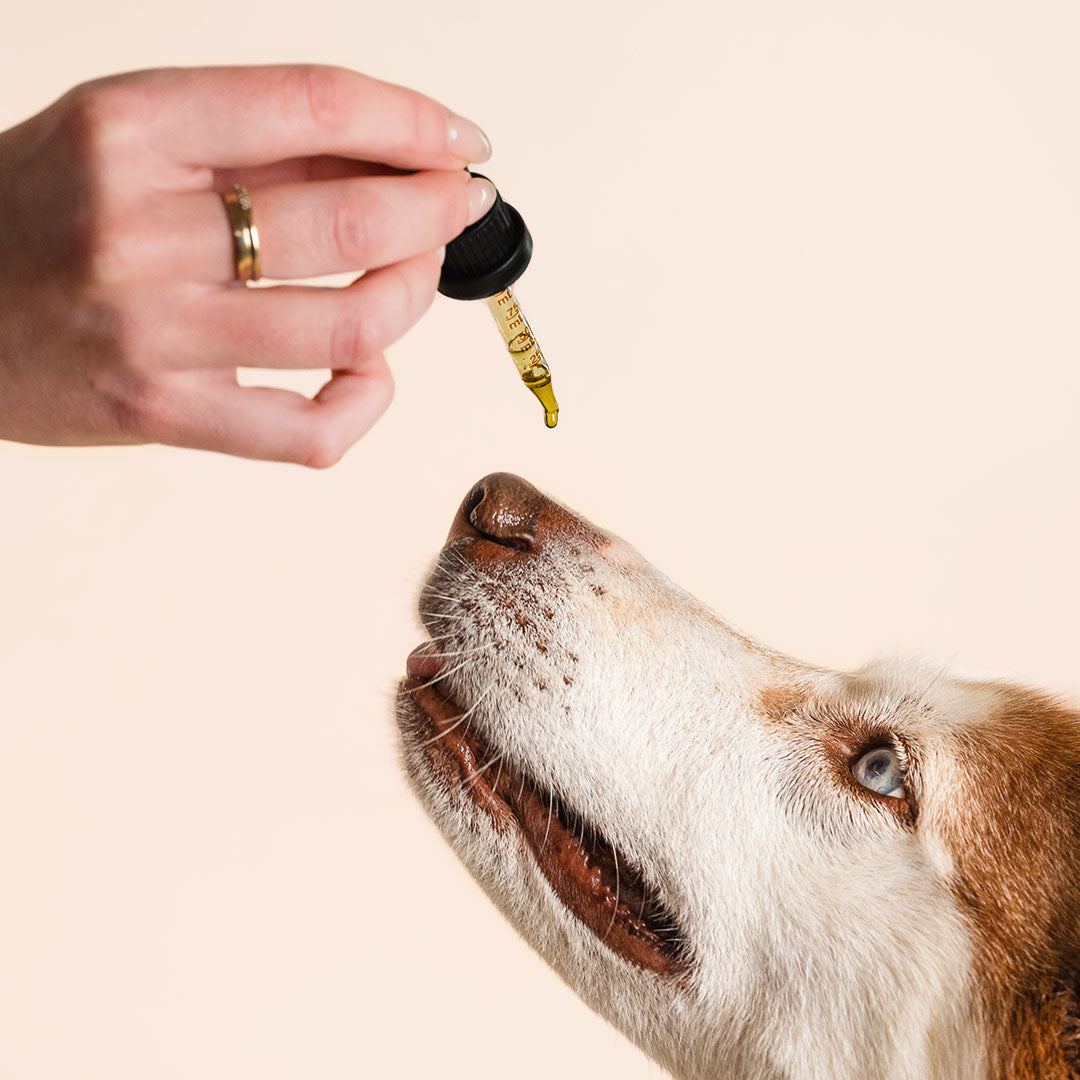
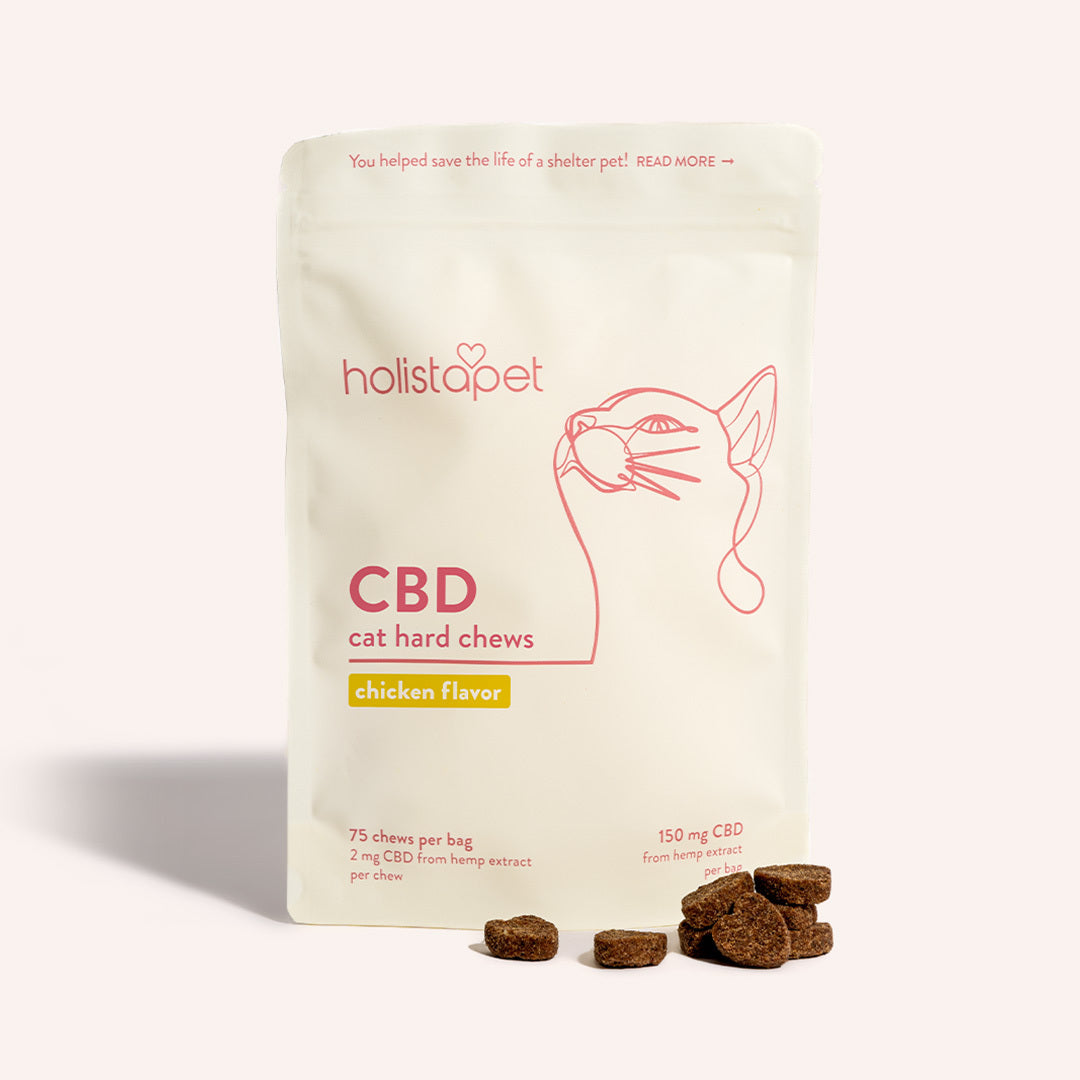
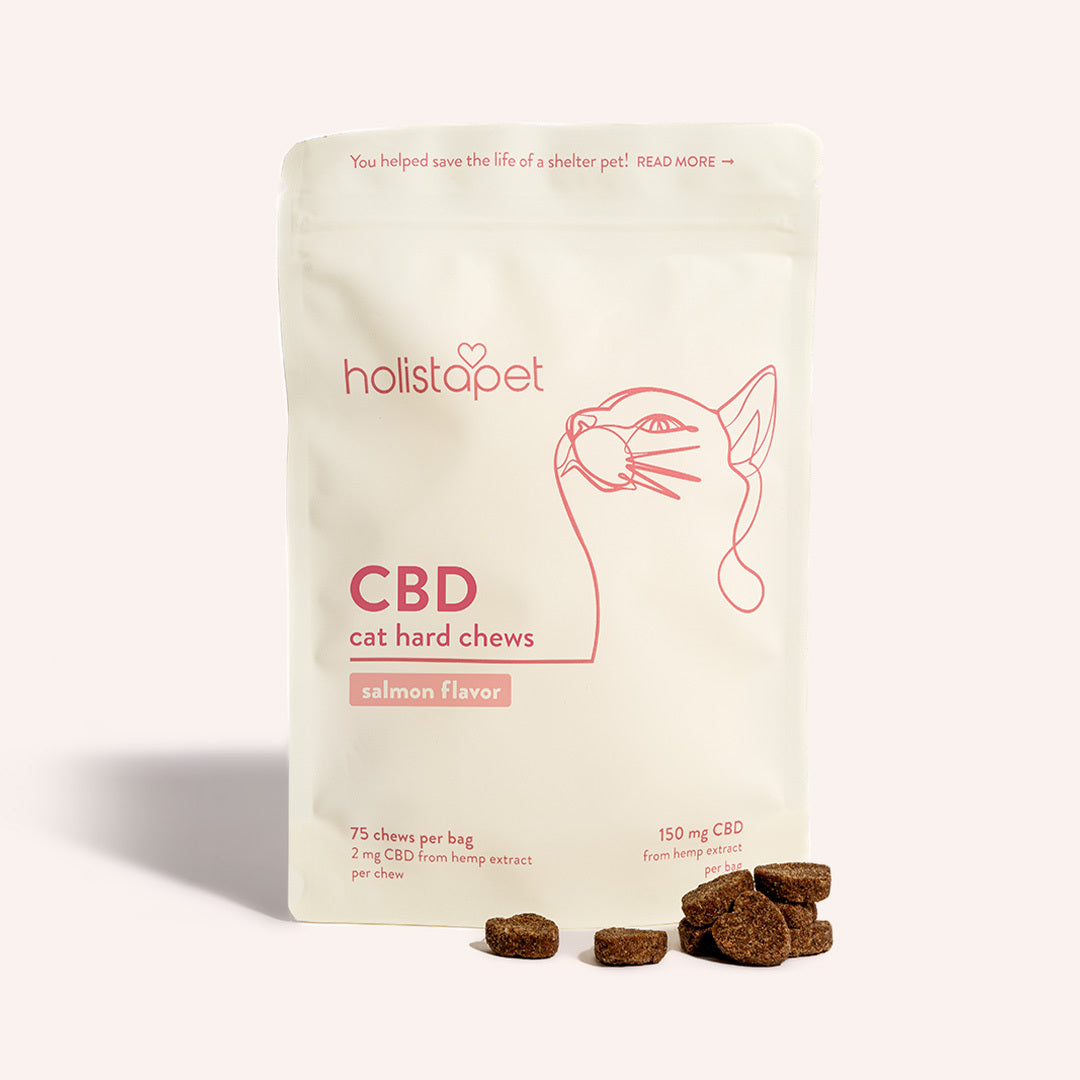
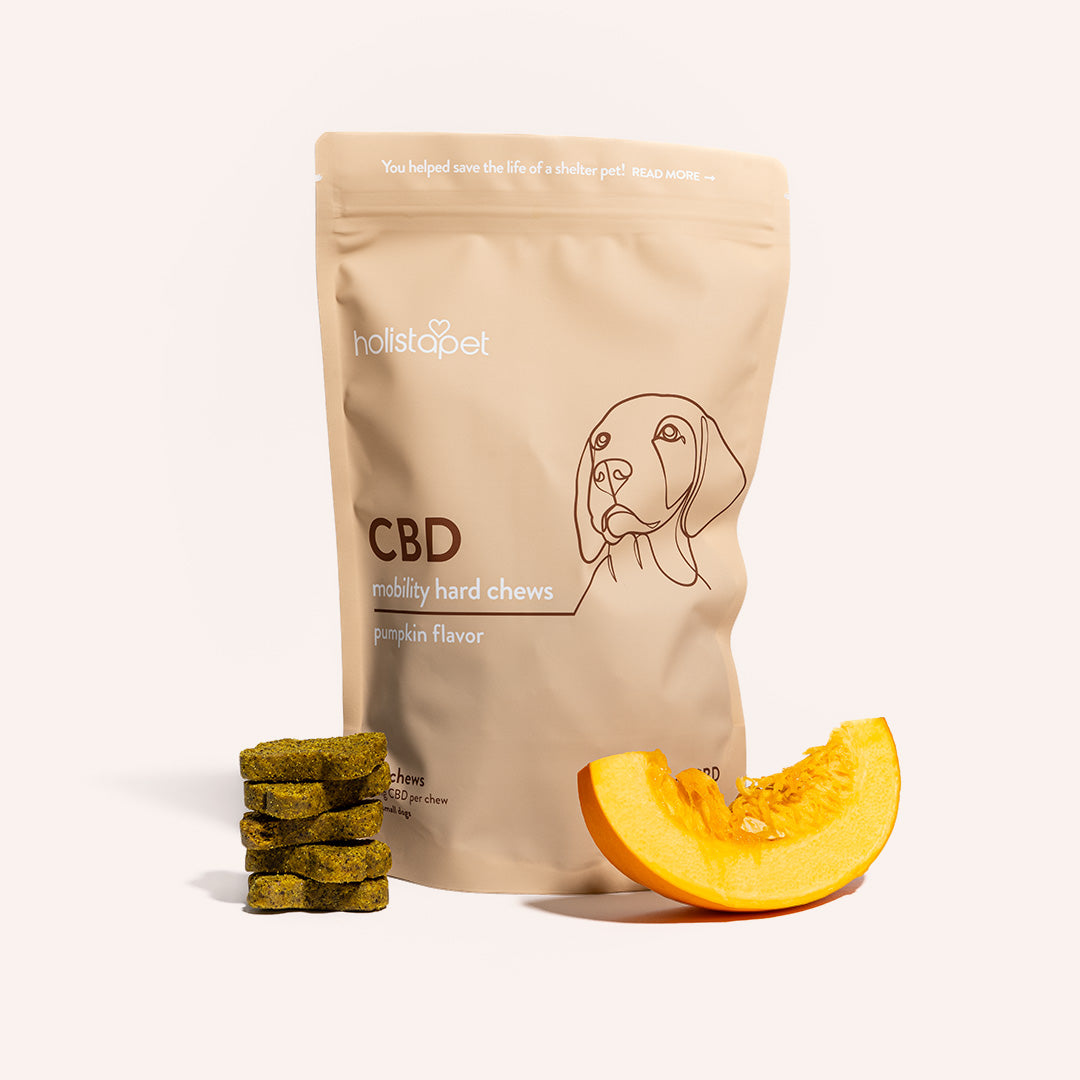
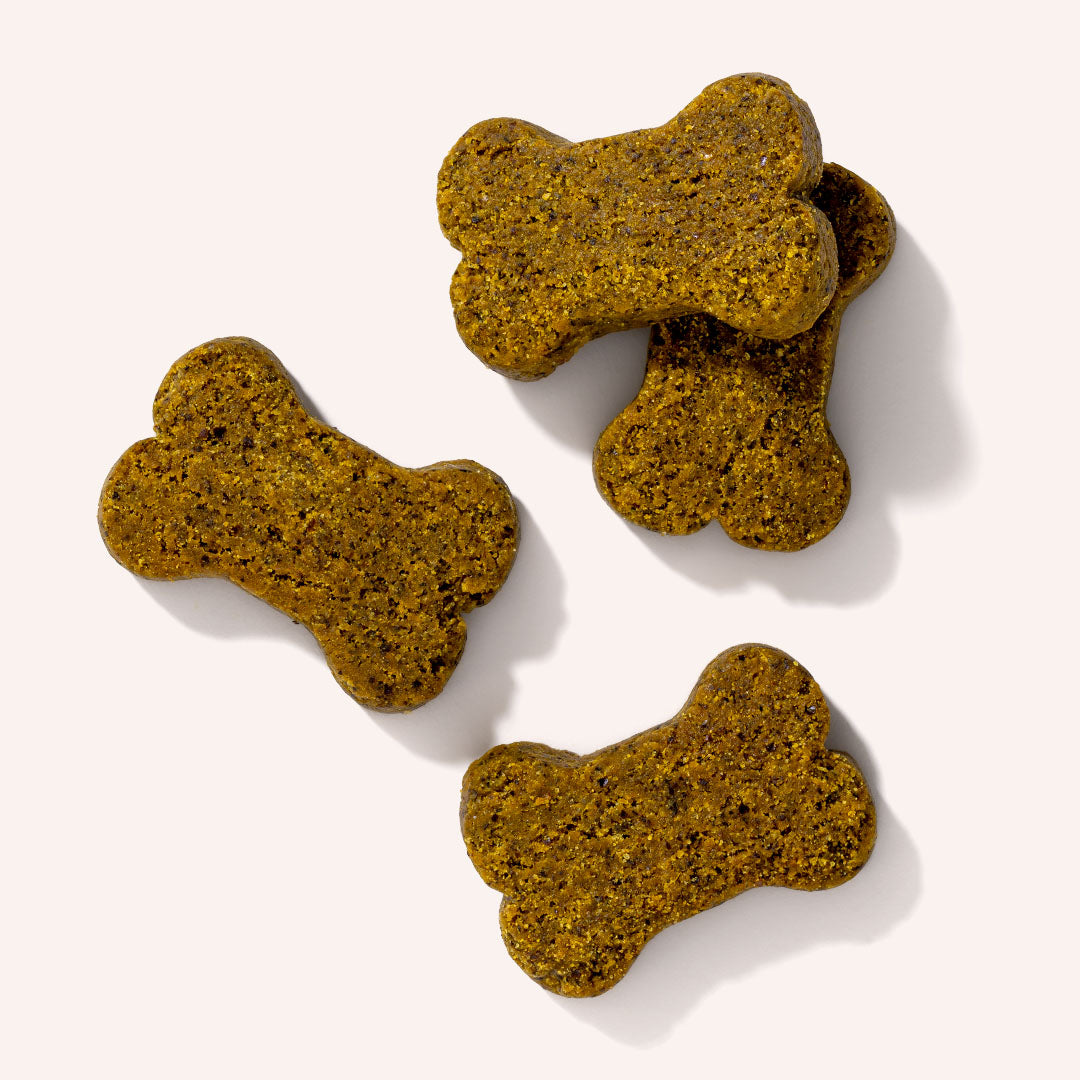

Leave a comment
All comments are moderated before being published.
This site is protected by hCaptcha and the hCaptcha Privacy Policy and Terms of Service apply.